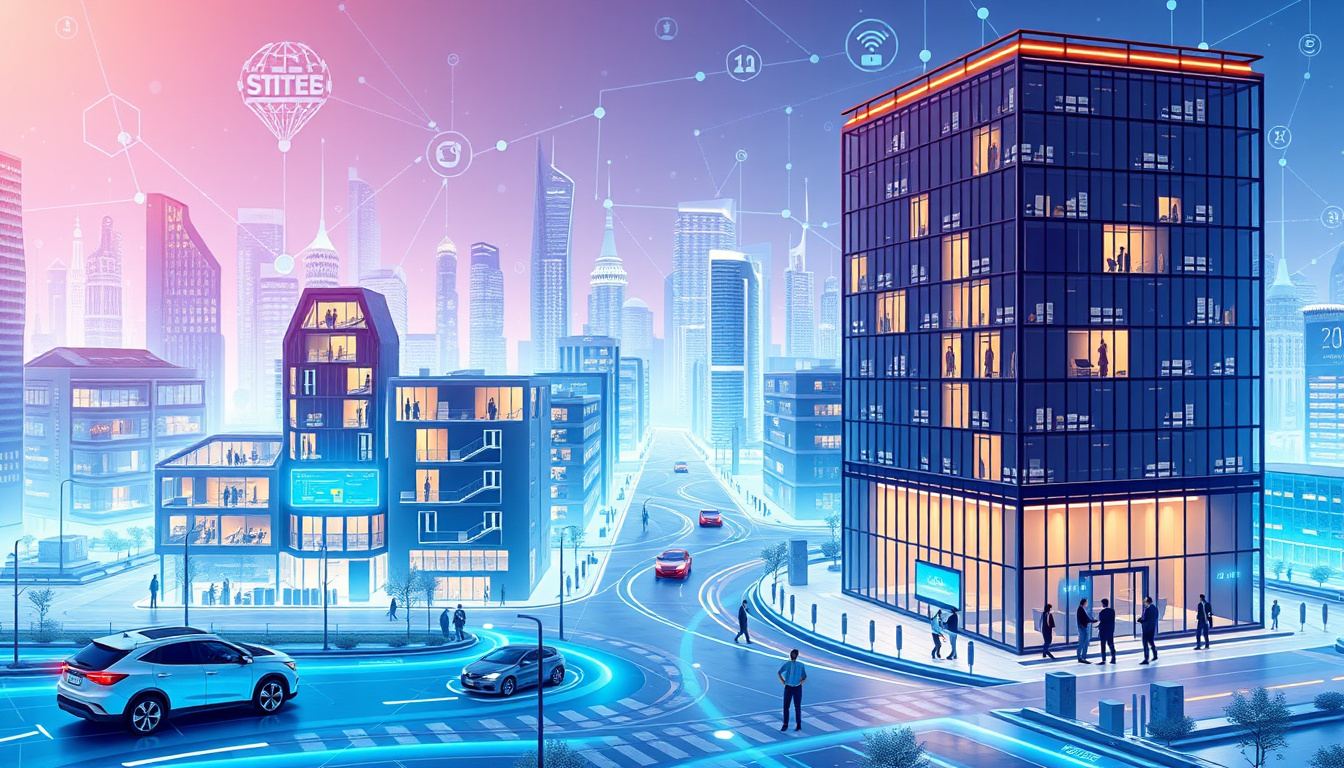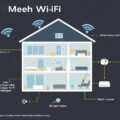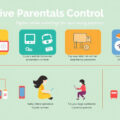The Internet of Things (IoT) is not just a technological trend; it is a revolutionary framework reshaping daily life and business operations. By connecting various devices—from household appliances to industrial machinery—IoT is enabling seamless communication and automation that enhances efficiency and convenience. As this technology continues to evolve, it raises both opportunities and challenges that will significantly impact various sectors.
Understanding the Internet of Things
At its core, the Internet of Things refers to a network of devices embedded with sensors, software, and other technologies that enable them to connect and exchange data over the internet. This vast ecosystem encompasses a wide range of applications—from smart home devices like lighting systems and thermostats to industrial sensors that monitor equipment performance. Importantly, IoT allows for real-time data transfer without the need for direct human intervention, setting the groundwork for automation and advanced analytics.

How IoT Works
IoT systems function through four fundamental components:
-
Sensors or Devices: These are the hardware essential for collecting data from the environment, such as temperature, humidity, and movement.
-
Connectivity: IoT devices leverage various communication protocols (like Wi-Fi, Bluetooth, and cellular networks) to relay data to an IoT gateway or directly to the cloud.
-
Data Analysis: Once data is transmitted, it can be processed and analyzed to derive actionable insights, identifying trends and pinpointing potential issues before they escalate.
-
User Interface: End-users typically interact with IoT devices via a graphical user interface (GUI), accessed through mobile applications or web platforms, allowing for monitoring and control.
Transformational Applications of IoT
The applications of IoT span numerous sectors, illustrating its versatility and growing importance:
-
Home Automation: Smart thermostats, security cameras, and connected appliances enhance domestic comfort and security, enabling homeowners to remotely manage their environments for optimal energy efficiency.
-
Healthcare Monitoring: IoT devices have revolutionized patient care through remote monitoring systems and wearable health trackers. This technology empowers healthcare providers to deliver personalized care and timely interventions based on real-time data.
-
Industrial Internet of Things (IIoT): Manufacturing, logistics, and transportation are benefiting from IoT through monitoring system performance, optimizing operational efficiencies, and reducing downtime. Sensors can predict maintenance needs and streamline supply chain processes.
-
Smart Cities: Urban areas are adopting IoT to improve infrastructure and resource management, including traffic systems, waste collection, and public transportation, leading to reduced energy consumption and enhanced citizen services.
-
Agriculture: IoT technologies assist farmers in optimizing crop yields with precision agriculture, using sensors to monitor soil conditions and automate irrigation systems.
Benefits of IoT
The benefits of adopting IoT technology are substantial, both for consumers and organizations. Here are some notable advantages:
-
Enhanced Efficiency: Automation of repetitive tasks allows businesses to streamline operations and reduce labor costs.
-
Real-time Insights: Organizations can benefit from immediate feedback and analytics, aiding in data-driven decision-making.
-
Improved Customer Experiences: IoT enables personalization, helping businesses cater to customer preferences through smart recommendations.
-
Cost Reduction: By optimizing processes and resource usage, companies can significantly lower operational expenses.
Challenges and Considerations
While the potential of IoT is vast, several challenges must be addressed:
-
Security Vulnerabilities: The interconnected nature of IoT devices raises significant security concerns, requiring robust protective measures to safeguard against data breaches and cyberattacks.
-
Privacy Issues: With vast amounts of personal data being collected, the potential for misuse remains a critical concern that companies must navigate carefully.
-
Interoperability: The existence of multiple platforms and communication protocols can hinder device compatibility and smooth data exchange.
-
Environmental Impact: The production and disposal of IoT devices must be managed responsibly to mitigate their environmental impact.
Conclusion
The Internet of Things is undoubtedly a transformative force that is reshaping how we live and work. By connecting devices and facilitating intelligent automation, IoT holds the promise of smarter homes, safer cities, and more efficient businesses. As we advance further into this interconnected future, it is essential to balance innovation with caution, addressing security, privacy, and environmental considerations to ensure that the benefits of IoT are realized without compromising safety or ethical standards.



